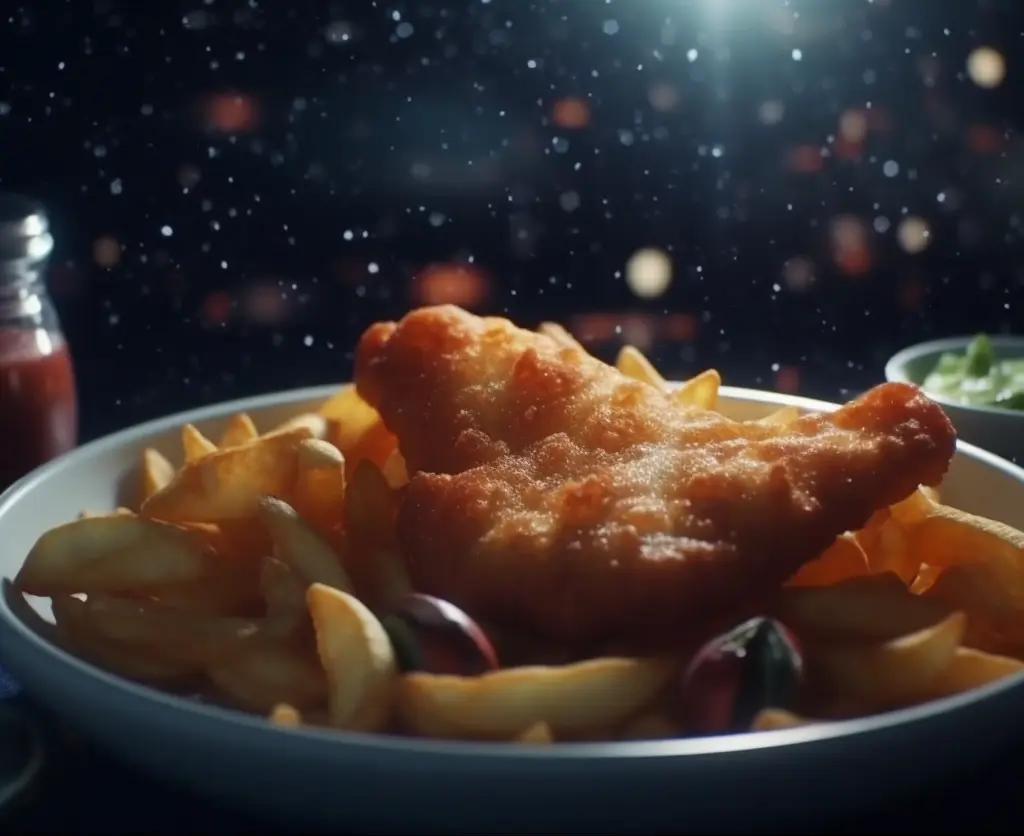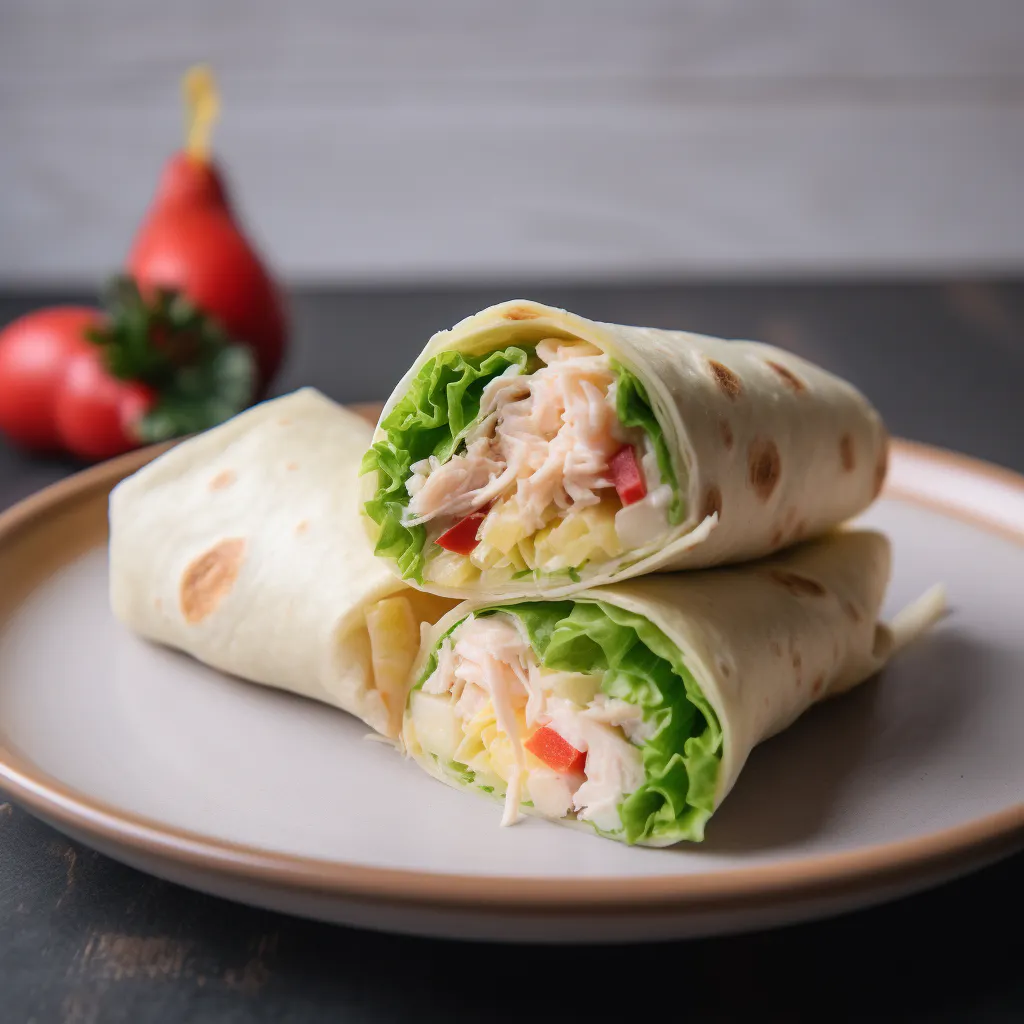
Ingredients
Get them through the links below to support the creator.
Shoping list
- 1600 g potatoes peeled and cut into chips
- 8 cod fillets cut into thick pieces
- 8 tablespoons of plain flour
- 4 teaspoon of paprika
- 4 teaspoon of sea salt
- Oil for deep frying
Nutritional Information
Calculated based on standard values with available measurements and may therefore not be accurate.
Nutritional information not available.
Instructions
No instructions available for this recipe.
Recipe Story
Fish and Chips: a name that instantly conjures up images of seaside holidays, bustling city streets, and cozy pub meals. A dish that is quintessentially British in its origin, Fish and Chips has become a universal symbol for hearty and satisfying comfort food.
At its heart, Fish and Chips is a simple dish. It features a piece of fish, typically a white, flaky variety like cod or haddock, which has been coated in a light batter and deep-fried until it's golden brown and crispy. Accompanying the fish are chips, thick-cut fries with a distinct softness on the inside and a delightful crunch on the outside.
The magic of Fish and Chips, however, lies in its contrasts. The mild, delicate flavor of the fish is offset by the batter's crunch, creating a blend of textures and tastes that's simply irresistible. The thick-cut chips offer a savory heft that perfectly complements the light, crispy fish.
Traditionally, this dish is served with accompaniments that enhance its flavor profile. Tartar sauce with its tangy bite and creamy consistency adds an extra dimension of flavor, while the traditional serving of mushy peas provides a quintessentially British touch, with their unique texture and slightly sweet flavor.
While the ingredients and cooking process for Fish and Chips are straightforward, its history is rich and fascinating. The dish emerged in the mid-19th century within the UK's working-class communities. The combination of the Industrial Revolution, which brought about an increase in wage-earning consumers, and improvements in trawl fishing in the North Sea led to the popularization of this dish. Fish and Chips shops, or "chippies" as they're affectionately known, became community cornerstones, serving inexpensive, filling meals to workers and families.
Interestingly, Fish and Chips is one of the few foods that were not rationed during World War II in the UK. It was considered vital for boosting morale among the general population.
Today, Fish and Chips continues to be a beloved dish worldwide. Variations have sprung up, with different types of fish, or even other seafood like prawns or calamari, being used. Some places have even given a local spin to the batter, adding local beer or seasonings.
Whether you're enjoying it wrapped in paper by the seaside, from a styrofoam container on a city street, or on a plate in a country pub, Fish and Chips is more than just a meal. It's a symbol of British culinary heritage, a testament to simple cooking, and most importantly, a reminder of how truly satisfying comfort food can be.







